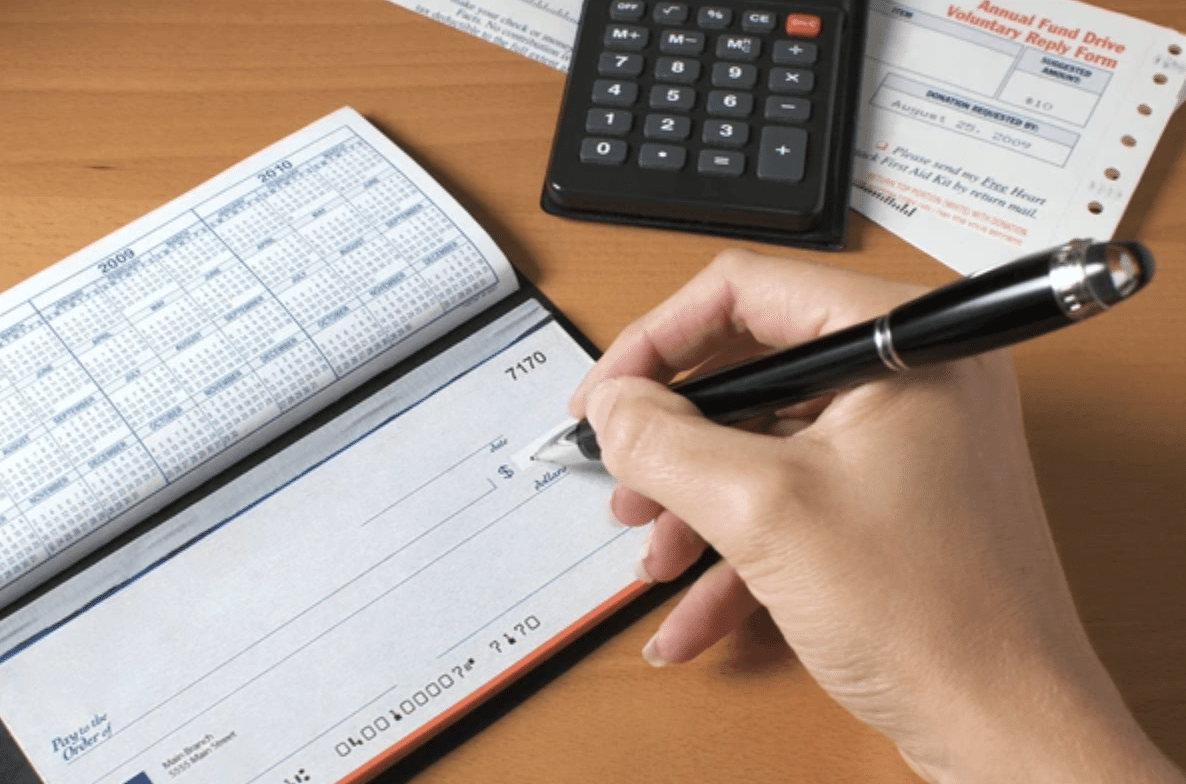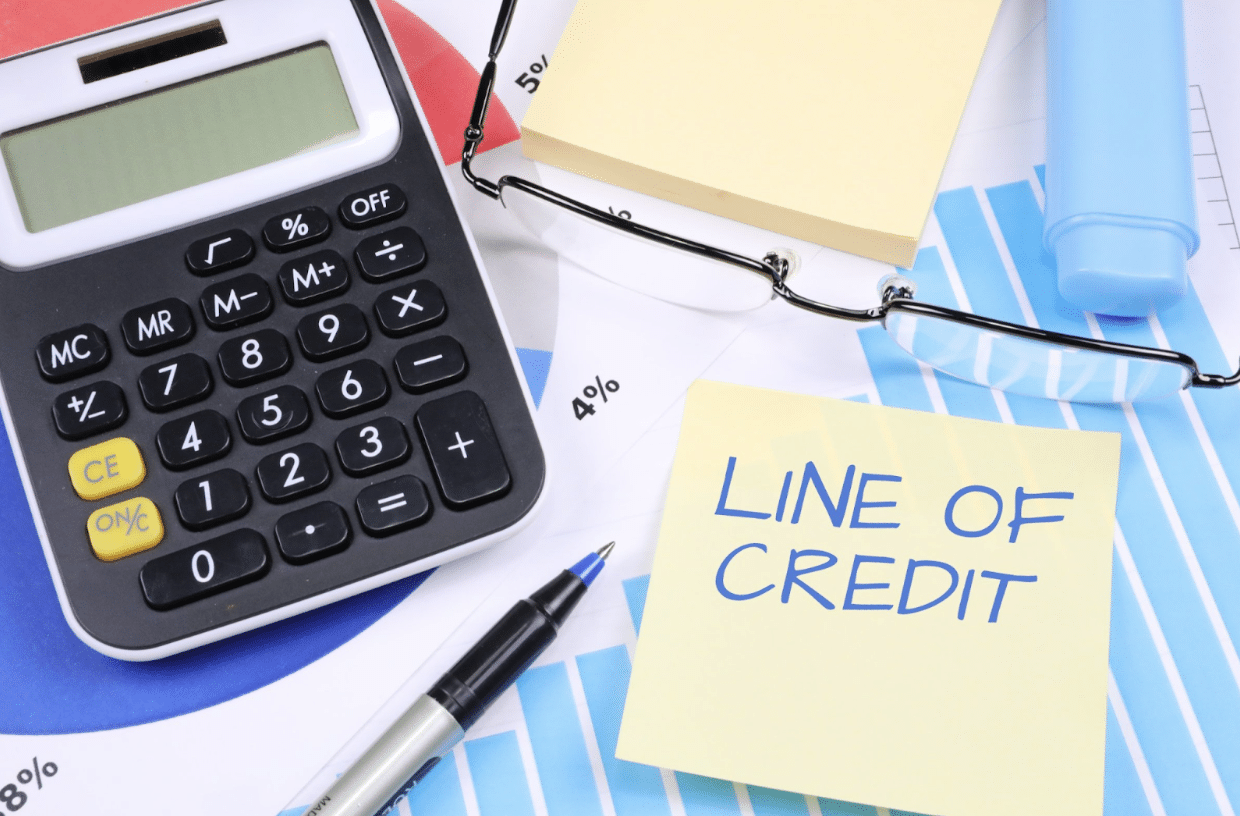For Canadians, e-Transfers have become a tool that used nearly daily. Online banking is quick and easy, making it essential for busy lives. While there are plenty of benefits to using it, there are people out there that would love to get your banking information. The bank has found ways to keep your information safe from hackers, frauds, and identity thieves but they can’t always protect you when you’re paying for things online. One of the main ways you can be scammed is through e-Transfers. Unfortunately, there are many ways that you can be scammed if you’re not cautious. We’ll let you know what to look out for and how to prevent scams from happening to you.
Different Types of E-Transfer Scams
There are a few different kinds of scams you may run into when you’re transferring money to a merchant. This can come whether you’re sending money to someone or getting payment.
Here’s what to look out for:
The Buyer/Seller Scam
Local websites where you can purchase things but there’s no paper trail can end up being a scam. It’s unfortunately more frequent now that it was in the past. Marketplace websites including Facebook and Kijiji are great places to find things you need at a good price. However, there’s the potential for scams to happen here.
You can buy a product and pay for it but the buyer may not deliver the product. You can also sell something online or face to face and the buyer says they’ll transfer the money but they never do. They take your money or they take your product/service without paying. The bank may take your e-Transfer funds back, which could lead to the loss of your item. The bank may even get confused at who is blocking who and this could lead to your account being frozen until you can prove you’re the innocent party.
It’s far better to do the purchase in-person. It’s not recommended that you use marketplace platforms to do distant selling or buying. They’re designed for people in the same areas to meet up and exchange funds as they receive the product or service. This is the safest method and even if you’re going to accept or send an e-Transfer, it’s possible to do this while you’re in person on your mobile device.
Intercepted E-Transfer Scam
There’s the possibility of your e-Transfer being intercepted by spyware, malware, or even a hacker. It can happen on your desktop or mobile device. Basically anywhere you do your online banking can put you at risk. You may not realize it but it’s easy for a hacker or one of their programs to break into your computer or device and monitor your bank account. They can get your banking details, passwords, and all your financial information.
You’ll know you’ve been scammed this way because you’ll receive an email or text with a link to yourself of the recipient’s bank account. This is what your bank does with all e-Transfer. The scammers is able to see the security answer that you type in. It’s especially simple for them to do this if you have an easy question and answer. The transfer is redirected to another account and you’ll get a notification that says it’s been accepted.
There are ways you can avoid this including having a difficult question and answer process. You also want to be aware of the notifications and how they’re coming to you. Make sure you have the most up-to-date security on your devices and desktop computer. Firewalls and other secure tools are widely available for a low monthly fee or for free.
Pet Scam
During the height of Covid, there was a high demand for pets of all kinds. People wanted purebreds or rescue dogs, creating a frenzy in the pet world. It’s not uncommon for breeders and sellers of animals to find customers online as they get great exposure on marketplaces. While the bed breeder is innocent as is the customer, there are scammers out there looking to take advantage of the demand.
Scammers may create beautiful website with pet profiles of the puppy you want. There are customer reviews and fake licenses that may even be displayed. Due to the demand of pets, a purebred was worth thousands of dollars. Usually, to solidify your puppy or kitten, you’d have to put down a deposit or pay the whole amount. A fraudulent seller or breeder could ask you to pay by e-Transfer before delivery, which would seem like a common request in the industry. However, the animal is never dropped off and you’ve now compromised your bank account.
You can do a search about the breeder online to see if there are any warnings. Chances are, if they’re trying to scam you, they’re scamming others out there. Forums may be full of warnings for certain breeders. All the information you need is usually there to prevent you from being scammed out of a lot of money.
Signs to Look Out For
- The seller asks for a large deposit and other costs
- They ask for multiple e-Transfers to different recipients
- They don’t respond to your questions or answer your text, emails, or calls
- They won’t let you come pick the pet up or view it
- The breed or animal is exotic and usually not available in Canada
- They don’t have an address or business license
- They say they’re going to ship the pet from a long distance
Cheque Kiting
Scammers are able to steal from you when they deposit a cheque that’s fraudulent and bounces. Funds are put on hold and they try to send an e-Transfer from their account. Cheque Kiting is a bad deposit scam where the person writes a check that’s more than the amount that’s in the account from an account in one bank. They then write a check from another account in another bank that has non-sufficient funds. The second check will cover the non-existent funds from the first account.
They may also send an e-Transfer to their own account with the check. You may not notice anything is wrong until the cheque doesn’t clear and you get flagged. This crime needs to involve two people and you’ll unsuspectingly be one of those people if you’ve accepted a check from a scammer. Your account will be flagged and the bank will think you’re an accomplice.
Job E-Transfer Scam
If you’re looking for a job and are searching on platforms like LinkedIn or Indeed, do be careful as there are scams happening to job seekers. An employer may contact you with alluring offers. The job may entail you to withdraw money from an ATM, deposit money into a bitcoin machine, or accept and send e-Transfers through your account.
You may not realize that you’re actually in the middle of a fraud, accepting money into your account from a fraudulent account. What you need to remember is that someone who is knowingly going to commit fraud doesn’t want to use their own account. You’ll think you’ve been hired to do a simple job but really, funds are being withdrawn from a secondary account that is the victim. Your bank will end up flagging your account for accepting fraudulent money. It may take a lot to prove that you had no idea what was happening and in the meantime, your bank account is frozen.
If you get an offer that seems to good to be true that involves using your bank account, you should not consider taking the role. It’s a good idea to report the user account to the platform as well. Make sure you document all the communications and history with the alleged employer so you can prove your case if something should go wrong. Usually, once the scammer has obtained the money they were looking for, they’ll close their account and you’ll no longer have easy access to the communication.
What To Do if You’re Scammed Via E-Transfer
There are a lot of people out there who are looking for an easy way to get cash. These scammers make it a full time job to take money from people. Your bank may tell you that they use the most up-to-date encryption technology but their security isn’t as tight as you might imagine. Your bank may not claim responsibility if you’re a victim of a scam despite the fact that it’s somewhat liable for not protecting you.
To avoid lawsuits, banks will do or say whatever they can to get out of the situation and hold you liable. Even if the e-Transfer was intercepted due to poor security on the banks part, they will try not to accept the responsibility. As your bank account isn’t insured for scams like a credit card is, you’ll never see the money. You would have to prove that the scam was completely the fault of the bank.
There are some things you can do to protect your bank account including:
Call the Police
If your bank won’t help you, there is a cybercrime division in the police department. They may be able to investigate what’s happened if it’s a severe scam.
Modify Bank Information
If you are scammed, you want to make sure to change all your banking information and place a fraud alert on your account. This will notify you if any further suspicious activity happens.
Read the Details of Your Banking Agreement
You’ll have an online banking agreement where factors are listed out on what the bank is liable for in regards to e-Transfer issues. You can also see how to protect yourself when it comes to e-Transfer scams Become familiar with the details of online scams so you can prevent it from happening to you.
Calling Your Bank Right Away
If you notice quickly enough that you’ve been scammed, you may be able to cancel the e-Transfer before it gets to the scammer. The bank may be able to track the transfer and launch an investigation. You may not get your money back but communication with the bank will prevent you from being accused of a crime.
How to Protect Yourself From E-Transfer Scams
When you’re scammed through e-Transfer, it can leave you feeling angry, confused, and stressed out. Depending on the amount of money you lost, you may have a hard time paying bills or moving past it. It’s better to prevent the worst from happening and protect yourself. Here are a few ways to do that:
Protection for Sends
- You want to avoid sending money to strangers or someone you don’t trust.
- Create a security question that would only be known by you and the recipient. Something very obscure that nobody else would know about. Don’t make it general. Remember that a scammer could find information online about where you grew up or other details that allow them to properly guess your answer.
- Don’t include the answer in the security question. Your bank usually won’t allow you to do so for good reason.
- If you must share a security answer, call the person and tell them over the phone or speak with them face to face
- Change your information often including passwords, emails, and security questions
- Don’t send answers through any means of communication like email or text.
- Don’t use a generic security question for every recipient.
Protection for Recipients
- If you receive information from a transaction through receipts or emails, make sure to keep them.
- If you don’t personally know the sender, make sure to research the person or the business
- Don’t trust any job offers that ask you to do something with your bank account, including e-Transfers. There is no good reason a person should ever have you paying through your account, even if they transfer you the funds.
- Ask senders you already know to change security questions and answers regularly
- Make sure the sender creates a question that only you would know the answer to
- Don’t ask for the answer via any method that isn’t 100% secure
- Change your passwords often (don’t use the same one for multiple accounts)
- If you’ve been scammed and reported it to the bank and police, you’ll have to stay on them to get results. If you’re diligent enough, there’s a possibility that the bank will compensate you for some of your losses.
Register For Auto Deposit
While there aren’t a variety of security steps when you register for Interac e-Transfer Auto Deposit, it’s still one of the safest ways to ensure that you and your sender are protected. The money will go straight into the recipient’s account before a hacker can intercept.
You can make your Auto Deposit e-Transfer safer by doing the following:
Double Check the Information Before Sending or Receiving
Make sure you do a good check of all details before you send or accept an e-Transfer. Make sure it’s someone you trust. If you’re not certain the person is trustworthy, call them or visit them in person with the cash in hand.
Don’t Spend Money From Sources You Don’t Trust
If you or the recipient gets a notification of money showing up with you receiving it from the person, don’t spend it. Call your bank right away to get more information about the transfer.
Create Unique Emails
Create multiple email addresses with varying names. You can have up to 5 emails registered to the same e-Transfer profile.
Test it Out
You don’t have to send or accept a full transfer. Instead, send or accept a small amount as a way of testing whether the transaction is legit.
Monitor Accounts and Devices
Make sure you have a good antivirus program that protects your mobile device or computer. This can help prevent you from getting hacked and it detects spyware or malware.
Use Difficult Passwords
One of the best ways to protect yourself is to create a password that is solid. The bank will usually have a monitor that lets you know how steadfast your password is. You want to update them often and use a cryptic password. This goes for your email, bank account, online accounts, and social media.
Conclusion
E-Transfers are generally secure and safe but you still have to be aware of the potential scams and protect yourself. It’s not that difficult to do the things you need to in order to make sure you’re never stolen from. Use means to protect your devices and change your password often. These two things can greatly help you. Listen to your gut when it comes to doing transactions with someone you don’t know. Research the person or business as best as you can. If someone offers you a great opportunity that relates to using your personal bank, do the research and make sure it’s legitimate first.














